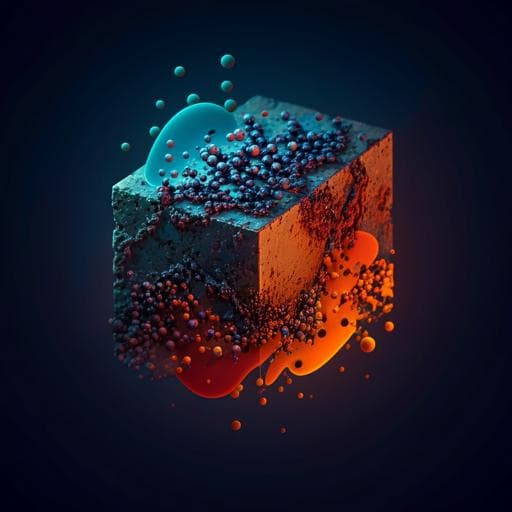
Engineering and Technology
An active learning framework for the rapid assessment of galvanic corrosion
A. Venkatraman, R. M. Katona, et al.
Discover an innovative active learning framework developed by Aditya Venkatraman and colleagues at Sandia National Laboratories. This groundbreaking approach optimizes predictions of galvanic corrosion while significantly reducing computational costs. Understand how low-cost surrogate models can help identify optimal environmental and geometric parameters for improved accuracy in cathodic current predictions.
~3 min • Beginner • English
Related Publications
Explore these studies to deepen your understanding of the subject.







